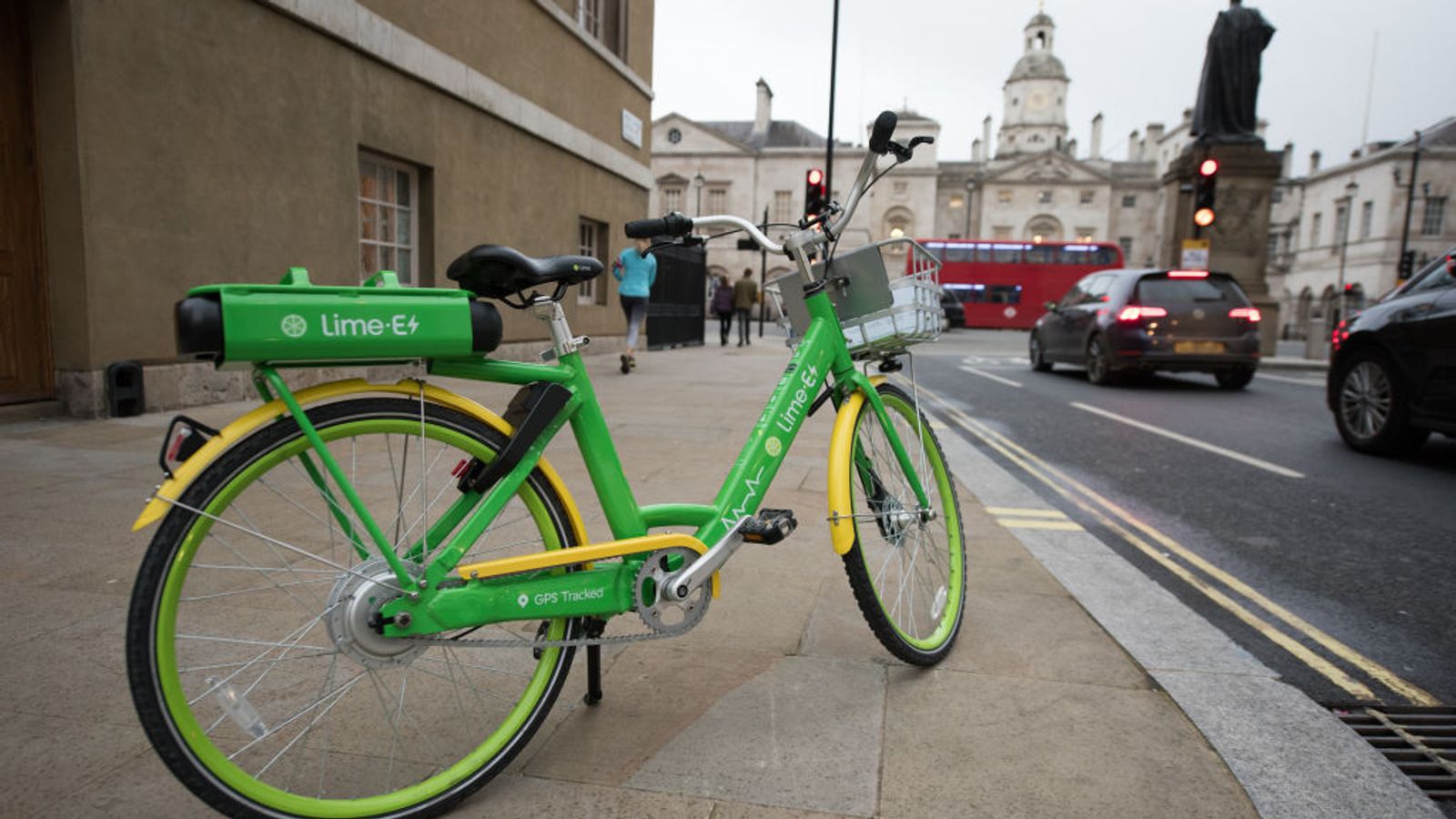Men’s belts and electric bikes are in while many CDs and alcopops are out, in the annual update to the basket of goods and services used to calculate inflation.
The Office for National Statistics (ONS), which refreshes the basket of more than 700 items each year to reflect changing trends, added 26 and removed 16 things in its bid to measure the core consumer prices index (CPI).
Inflation has been at the top of the agenda over the past 12 months – hitting its highest level for 41 years last year in the wake of Russia’s invasion of Ukraine that saw the cost of many everyday items leap in price.
The ONS said that also joining the basket for the first time were home security cameras and frozen berries – used to blend home-made smoothies.
Tortilla wraps, dairy-free spreads, green beans and mouthwash were among the other items added, along with computer game accessories, home printers and soundbars.
The ONS said it was no longer collecting prices for small digital cameras or some types of compact disc or DVD.
ONS statistician, Mike Hardie, explained: “The impact of mobile phone technology continues to resonate with the removal of CDs and digital cameras from our basket, reflecting how most of us listen to music and take pictures
straight from our phones these days.
Please use Chrome browser for a more accessible video player
CDs from outside the Top 40 charts and non-film DVDs were excluded.
Alcopops, which were all the rage in the 1990s, had sunk in popularity, the ONS said.
Also leaving the index were cooking apples and super-king-size cigarettes.
Read more from Sky News:
HSBC-SVB UK deal fails to initially reassure markets
UK branch of bank bought for just £1 as taxpayer protected
US authorities step in to protect deposits
The changes were the first in two years not to be dominated by pandemic-related goods.
“The influence of the COVID-19 pandemic on the basket, which has been so obvious over the last couple of years, has faded from our shopping habits in 2023, the ONS added.
“This year’s changes point to the evolving choices of consumers, the rise of new technology and an increasing awareness of our health and environment.”







